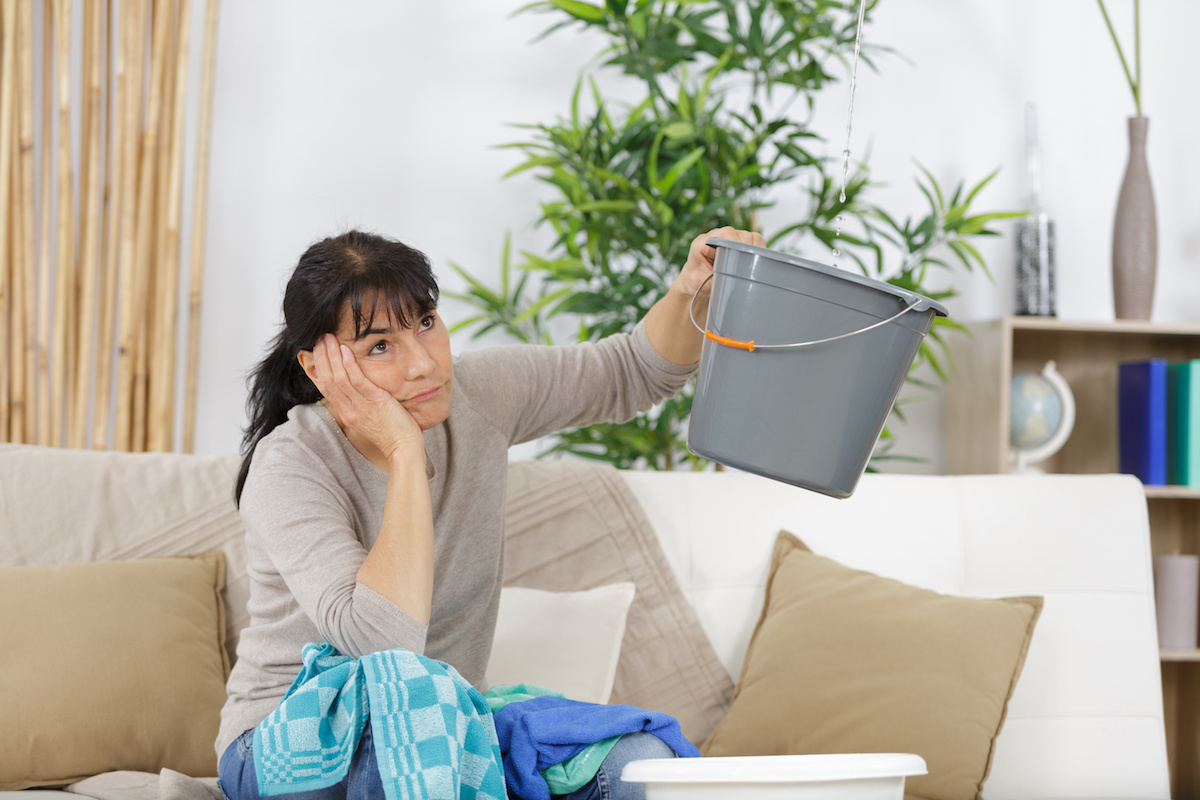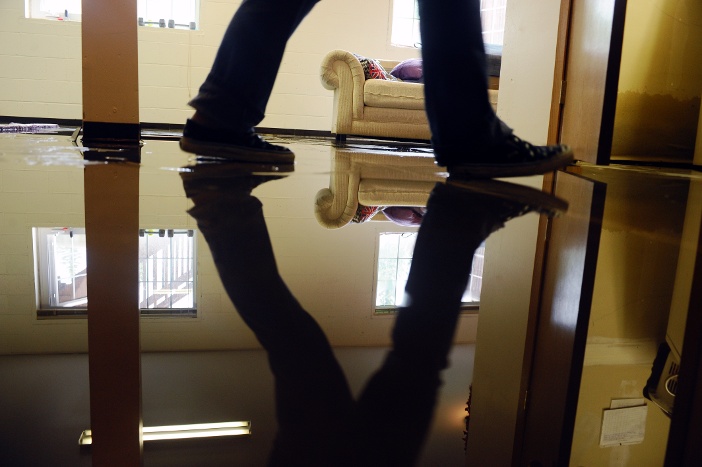Quick Guide: Identifying and Repairing Ruptured Pipes in your house
Quick Guide: Identifying and Repairing Ruptured Pipes in your house
Blog Article
How do you actually feel when it comes to What to Know Before Installing a Dishwasher?

A burst pipe is a significant emergency; you can just stand as you see water you pay a lot to rejoin with the planet. In worse cases, you notice a pool on your kitchen area flooring, which is a wonderful journey hazard, especially if you have children around. If the pipe that ruptured remained in your wall surfaces, trouble: you may need to repaint that entire section.
Exactly how can a tragedy like a ruptured pipe be prevented and managed? Well, by paying attention to your specialist emergency plumbing professionals and following these guidelines.
How do I know when my pipes have burst?
Varying water pressures
Pipes do not just burst in a day. You might have seen that your cooking area faucet or shower does not run quickly when you transform the tap. It might stop briefly for a couple of secs and after that blast you with even more pressure than usual.
In other circumstances, the water might seem typical initially, then drop in pressure after a few seconds.
Damp wall surfaces and also water discolorations
Prior to a pipe bursts, it will leak, most times. If this persistent dripping goes undetected, the leakage might graduate into a wide tear in your pipeline. One simple method to avoid this emergency is to look out for damp wall surfaces advertisement water spots. These water stains will lead you right to the leakage.
Puddles under pipelines as well as sinks
When a pipe bursts, the discharge creates a pool. It may appear that the pool is expanding in size, and no matter the amount of times you wipe the puddle, in a few mins, there's an additional one waiting to be cleaned. Often, you might not have the ability to trace the puddle to any kind of noticeable pipes. This is a sign to call a specialist plumber.
Untraceable leaking noises
Pipe ruptureds can occur in the most undesirable locations, like within concrete, inside walls, or under sinks. When your house goes quiet, you may have the ability to listen to an annoyingly persistent trickling sound. Even after you've examined your shower head as well as kitchen faucet, the leaking might proceed.
Dear viewers, the leaking may be originating from a pipeline inside your walls. There isn't much you can do about that, other than tell a specialist plumber.
Turn off the Water
When water freezes, it broadens in volume by concerning 9 percent. And it increases with remarkable force: The stress inside pipes might go from 40 pounds per square inch to 40,000 psi! No pipeline can hold that much pressure, so it bursts. The break may happen where the ice forms, but regularly, it occurs where water stress finds a vulnerable point in the pipe. That may be inches or perhaps feet from the icy location. Find the water shutoff valve and also shut off the water to stop more damages. You may additionally need to shut down the electrical power too, depending upon where the leakages occurs as well as just how big it is.
Infected water
Many people presume a burst pipe is a one-way electrical outlet. Quite the contrary. As water spurts of the hole or gash in your plumbing system, pollutants locate their way in.
Your water might be infected from the source, so if you can, inspect if your water container has any issues. Nonetheless, if your drinking water is provided and also purified by the local government, you need to call your plumber instantly if you see or scent anything amusing in your water.
What do I do when I spot a burst pipeline?
Your water meter will certainly continue to run even while your water wastes. To decrease your losses, discover the major controls and turn the supply off. The water pipe are an above-ground structure beside your property.
How to Fix & Detect a Leaking Pipe
How Do I Know if a Pipe is Leaking?
Leak detection tests can help you determine if your pipe has a leak. Even if you don’t see an apparent leak, you should still conduct leak detection tests regularly to save water and money—and prevent major damage to your home.
Water meter. It can be helpful to figure out what your usual water meter usage numbers are and then monitor them regularly. To monitor your meter, first, turn off all water faucets in your home. Check the meter and write down the numbers. In a few hours, check the meter again. If the numbers have changed, you have a leak. Water gauge. Use a water gauge to test your water pressure. Your showerhead should produce a certain amount of water pressure based on its model and design. If the pressure is lower than it is supposed to be for that specific showerhead, your home likely has a leak. Puddles. Look inside your bathroom, laundry, and kitchen sink cabinets. Puddles around the cabinets or around toilets, tubs, showers, and washing machines indicate the presence of a leaking pipe. You may also notice loose tiles, peeling or flaking paint, or mold caused by water accumulation. Napkin test. Even if you don’t see any puddles, you may still have a leak. You can test for water leaks in the bathroom, laundry, and kitchen by wiping below-sink connections with a napkin, paper towel, or piece of toilet paper. If it becomes damp, you probably have a leaking pipe under the sink. Discolored walls. Walls that are discolored—usually with brown or yellow stains—or bulging might mean that they have been impacted by water damage caused by a leaking pipe. Smell. A leaky pipe will create sitting water, and over time, that water may develop a musty smell. If your home smells musty, but you can’t locate the source, it may be due to a leak. Steps for Fixing a Leaking Pipe
A leaky drain can be remedied by tightening the pipe base, replacing the drain seal, caulking the rim, and tightening the pipe nut. Similarly, a leaking toilet pipe can be treated by tightening the packing nut. You may also need to replace the valve. A leaky faucet may just need tightening or replacement of the washers. If that doesn’t work, consider replacing your faucet. If your pipe has a hole in it, you may want to use a pipe leak sealer or pipe leak tape. This quick fix for water pipe leaks can also temporarily fix a copper pipe leak. https://www.ahs.com/home-matters/quick-tips/how-to-tell-if-pipes-are-leaking/

I discovered that review on What to Know Before Installing a Dishwasher when doing a search on the web. Sharing is nice. Helping others is fun. Thanks a bunch for your time. Visit again soon.
Schedule Service Pickup
Report this page